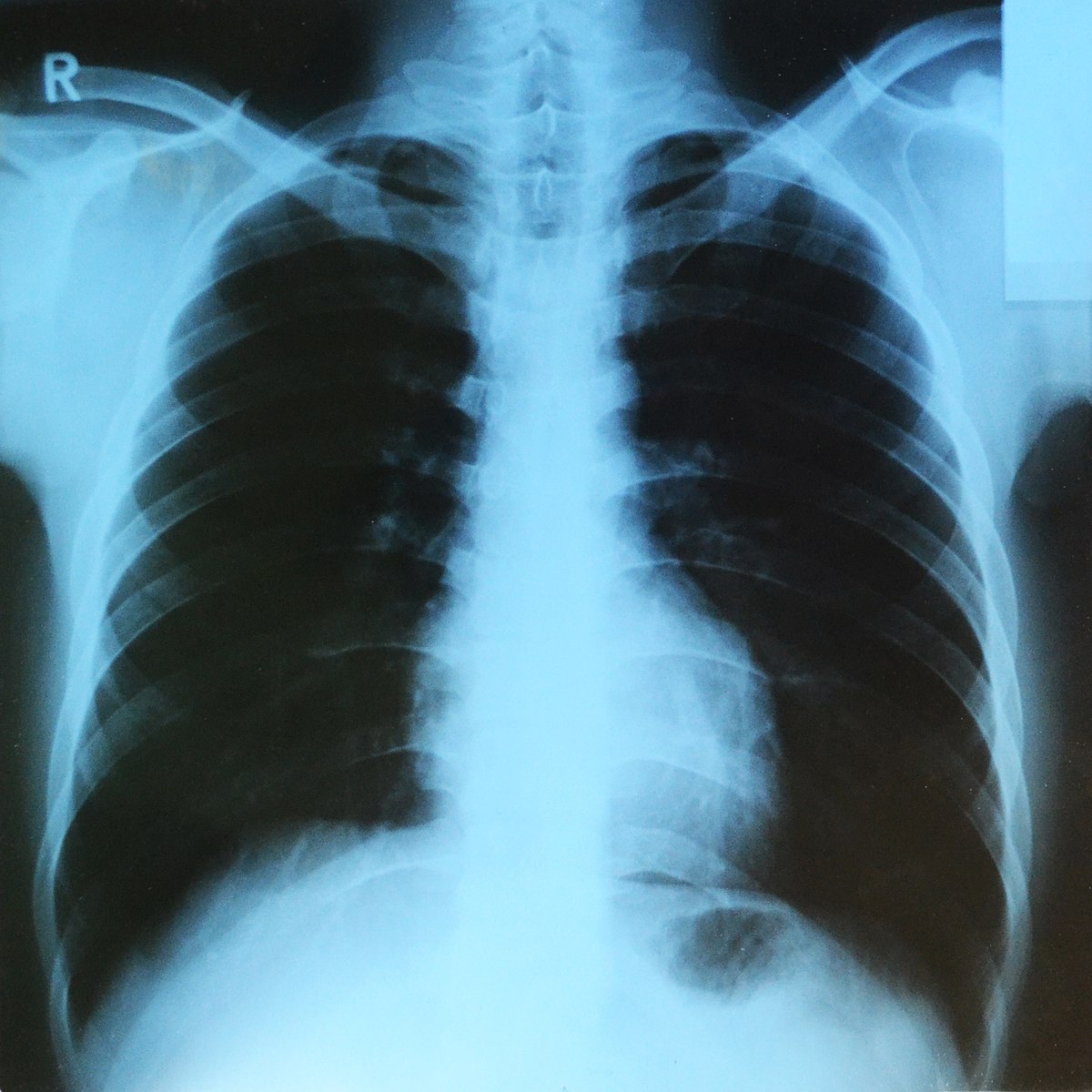These Algorithms Look at X-Rays—and Somehow Detect Your Race
By Tom Simonite,
Wired
| 08. 05. 2021
A study raises new concerns that AI will exacerbate disparities in health care. One issue? The study’s authors aren’t sure what cues are used by the algorithms.
Photo licensed for use by CC BY-SA 4.0 on Wikimedia Commons
Millions of dollars are being spent to develop artificial intelligence software that reads x-rays and other medical scans in hopes it can spot things doctors look for but sometimes miss, such as lung cancers. A new study reports that these algorithms can also see something doctors don’t look for on such scans: a patient’s race.
The study authors and other medical AI experts say the results make it more crucial than ever to check that health algorithms perform fairly on people with different racial identities. Complicating that task: The authors themselves aren’t sure what cues the algorithms they created use to predict a person’s race.
Evidence that algorithms can read race from a person’s medical scans emerged from tests on five types of imagery used in radiology research, including chest and hand x-rays and mammograms. The images included patients who identified as Black, white, and Asian. For each type of scan, the researchers trained algorithms using images labeled with a patient’s self-reported race. Then they challenged the algorithms to predict...
Related Articles
By Arwa Mahdawi, The Guardian | 11.19.2024
Photo "Elon Musk Presenting Tesla's Fully Autonomous Future" by Steve Jurvetson on Flickr (CC BY-NC-SA 2.0)
Is Elon Musk the dinner party guest from hell? It sure seems that way. Not only is the man desperate for people to...
By Jantina de Vries, EthicsLab | 11.15.2024
The conversation around human heritable genome editing (HHGE) in South Africa is marked by controversy and conflicting interpretations of the law. At the center of this debate lies a team of lawyers based at a South African university, who have...
By Zeenat Beebeejaun, PET | 10.28.2024
Building on the 2016 BBC Panorama documentary 'Inside Britain's Fertility Business', which exposed the use of controversial fertility treatment add-ons in private fertility clinics (see BioNews 880), Manuela Perrotta's book, Biomedical Innovation in Fertility Care, unveils regulatory inadequacies...
By Christina Jewett, The New York Times | 11.12.2024




